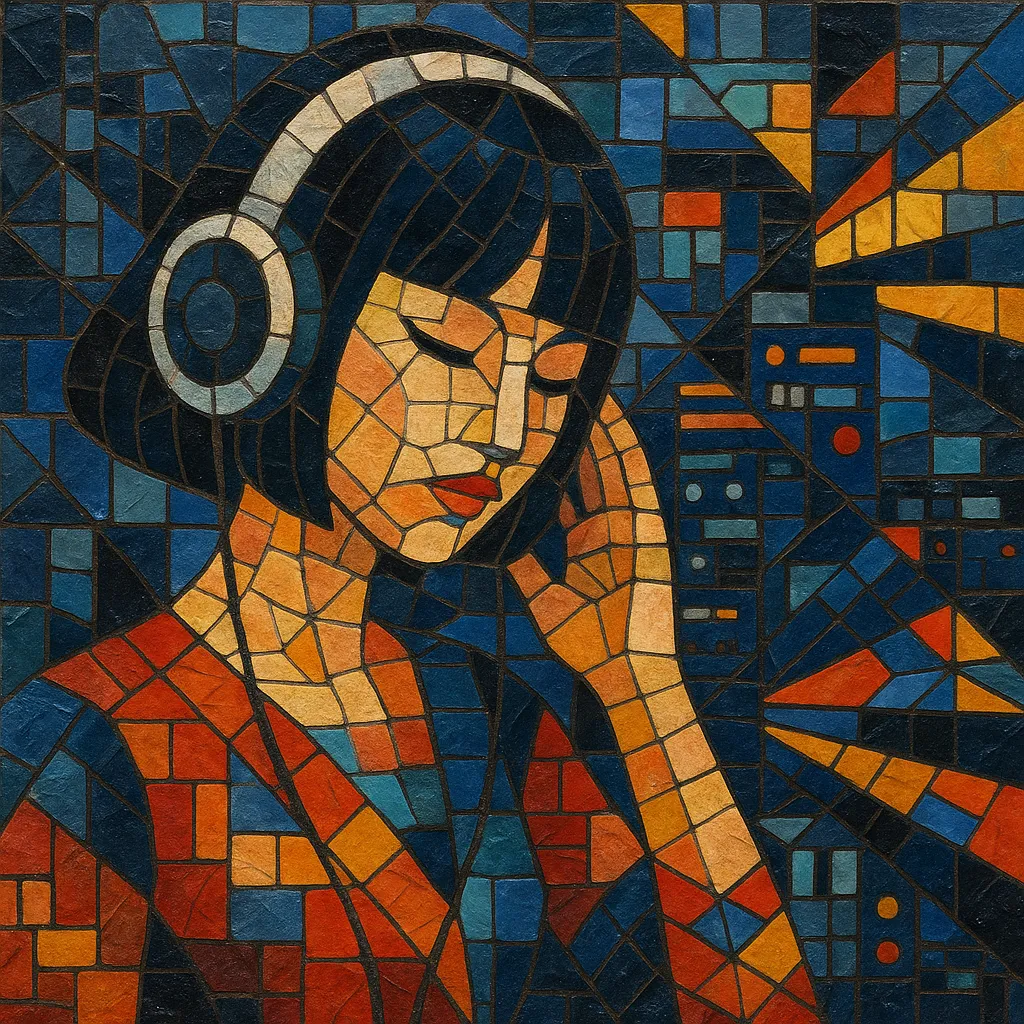Techno kayō (テクノ歌謡) is a Japanese pop style that fuses the melodic songwriting and vocal aesthetics of kayōkyoku with the synthetic textures, drum machines, and sequenced grooves of late‑70s/early‑80s technopop and new wave.
It is characterized by bright, hook‑forward melodies; programmable rhythms (often 4/4 with syncopated accents); glassy analog and early‑digital synthesizers; and an overall glossy, futuristic atmosphere. While danceable and electronic, it retains kayōkyoku’s verse–chorus craft, lyrical directness, and distinctly Japanese melodic turns (including pentatonic “yona‑nuki” coloration).
The style flourished in the early to mid‑1980s around the extended Yellow Magic Orchestra (YMO) circle, spilling into idol and mainstream pop productions. Its sound became a key stepping stone from Showa‑era kayōkyoku to Heisei‑era J‑Pop, and a foundation for later Shibuya‑kei, denpa, and Vocaloid aesthetics.
Techno kayō emerged in Japan at the turn of the 1980s, when electronic instruments became accessible to mainstream producers. The success of Yellow Magic Orchestra exposed a wide audience to sequencers, drum machines, and synthesizers, and these tools were soon grafted onto the melodic and sentimental framework of kayōkyoku.
Around 1979–1981, producers and artists connected to YMO (Haruomi Hosono, Ryuichi Sakamoto, Yukihiro Takahashi) began crafting pop songs with tight electronic arrangements for solo acts and idols. Groups like P‑Model, Plastics, and Hikashu brought avant‑new wave energy, while singers such as Miharu Koshi and Susan demonstrated how kayō‑style vocals could sit atop synthetic backdrops. Early analog polysynths (Jupiter‑8, Prophet‑5), programmable sequencers, and drum machines (TR‑808, LinnDrum) defined the palette.
By 1983–1986, early digital synths (e.g., Yamaha DX7) and gated reverbs refined the sheen. Techno kayō sonics permeated idol kayō, TV themes, and commercial jingles. The music balanced dance‑floor propulsion with accessible pop forms, marrying electronic minimalism to kayō’s emotive choruses and Japanese pentatonic contours.
Although the term gradually receded as J‑Pop became the umbrella label in the 1990s, techno kayō’s blueprint—electronic rhythm sections, bright synth hooks, and showa‑pop songcraft—seeded Shibuya‑kei, denpa, picopop, and later Vocaloid production cultures. Contemporary reissues, DJ sets, and online discovery have renewed interest in the style, reframing it as a pivotal bridge from city pop and kayōkyoku to modern Japanese electronic pop.


